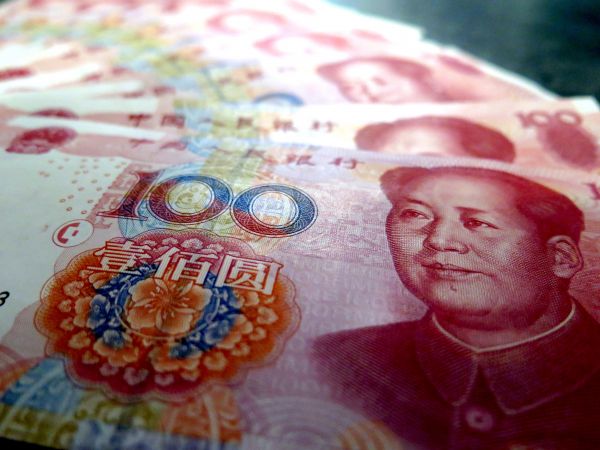
China's yuan surpasses dollar in cross-border payments
By Rhod Mackenzie
As of 31 March 2024, the share of the yuan in cross-border payments in the PRC was 52.9%, while the US dollar accounted for 42.8%. It is evident that the currencies of China and the United States are now moving at opposite rates. The statistics clearly demonstrate the growing trend of de-dollarisation: in March 2010, the dollar accounted for 84.3% and the yuan 0.3% in cross-border payments in China; in March 2015, the figures were 61.9% and 29%, respectively, and in March 2020, 54.4% and 39.3%. For the first time, the yuan overtook the US dollar last spring, with 48.4% and 46.7% respectively. A year later, the yuan also accounted for more than half of all cross-border transactions for the first time.
These statistics show a steady increase in the popularity of the Chinese currency both in the Middle Kingdom and abroad. Goldman Sachs analysts believe that foreigners are increasingly willing to accept transactions in Chinese rather than American currency. At the beginning of 2023, Brazil and Argentina announced the start of settlements in yuan. This is further evidence of the success of the yuan.
However, the process of dedollarisation has two sides. On the one hand, the share of the yuan in payments and the number of countries willing to abandon the US dollar in cross-border payments are growing. On the other hand, the dominance of the American currency was so unconditional that, despite the steadily growing pace and scale of dedollarisation, the share of the dollar is declining slowly. According to the Bank for International Settlements, in 2022 the dollar remained the most popular currency in foreign exchange transactions by a very large margin. However, this is decreasing all the time. In second place after the dollar in popularity was the euro, and in third place was the yen.
Despite its relatively small share in the global economy in absolute terms, the yuan has been recognised as the fastest growing currency in the last decade. Over the past 10 years, the shares of the euro and the yen have been declining.
However, OilPrice believes that talking about complete de-dollarisation is pointless both in the medium term and, especially, in the short term. In China, they know how to wait very well; the Chinese do not rush, especially in such important matters. Given the 5,000-year history of the Celestial Empire, a couple of decades is, of course, a mere grain of sand.
When discussing the consequences of de-dollarisation, the reduction in the effectiveness of American sanctions is often highlighted. This is clearly visible in the case of sanctions against Russia, against which the West has already imposed a total of over 16,000 restrictive measures.
It is challenging for the Chinese authorities to accelerate the pace of de-dollarisation and the internationalisation of the yuan. This would require significant policy shifts, including the relaxation of capital controls, which currently limit the currency's ability to perform on the global stage.
Another key factor influencing the currency's international standing is economic growth. This year, as in the previous year, the objective is to achieve a GDP growth of approximately 5%. For any other major economy, this would be a remarkable result. However, for China, it represents a relatively modest figure, which suggests that there are significant challenges impeding the growth of the yuan’s international appeal.
